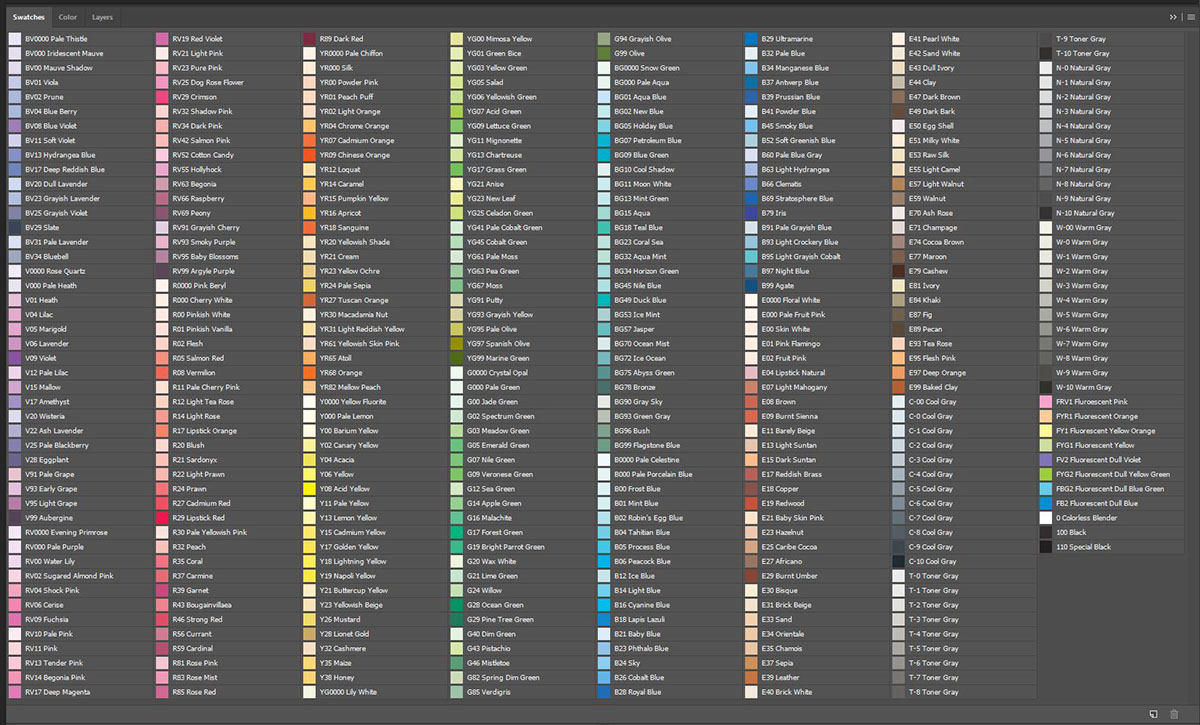
A color wheel turns into a greyscale wheel, with various shades of the same Brightness and Saturation. Values become clearly visible once we desaturate 100% Bright colors. This is something you can’t change-100% bright blue is only as bright as 18% bright green! Therefore, green appears brighter than blue to us. We are more receptive towards greens, and less towards blues. It comes from the fact that the Hues are not equal to our eyes. It doesn’t have its own slider, but it just as important as all the other components. How do you read it? It’s only a little more complicated-you switch the Hues by moving around the rainbow ring, and you increase Saturation and Brightness by moving towards the “pure color” tip from the top and bottom respectively.īut there’s one more thing, one hidden component of color: the Value. Then you can increase the Saturation by moving to the right and increase the Brightness by moving up.īut a lot of other programs made for digital painting show you not a square, but a triangle as the pool of shades. And it’s exactly what Photoshop shows you in its Color Picker panel! You can switch between Hues by adjusting the colorful slider on the right. Such a color-cylinder can be imagined as a kind of a “Rolodex”, where every sheet is a pool of shades belonging to a specific Hue.

… and adding Brightness-three-dimensional: Adding Saturation makes it two-dimensional… Saturation and Brightness can be added to a color wheel to make it more complete. Black, white, and greys are therefore not Hues, but special no-hue colors. White, therefore, is 0% Saturation combined with 100% Brightness, greys-0% Saturation combined with various levels of Brightness, and black-0% Brightness regardless of Saturation. When you desaturate a dark color, it will become dark grey, not white. It’s important to notice that Saturation and Brightness affect each other. The more light, the brighter the color, until it can’t get any brighter (100% Brightness).

If there’s no light around (0% Brightness), the color will appear black. Imagine the same flask in light and shadow. The more Hue you add, the more saturated the color will appear until it reaches 100%-100% of color and 0% of transparency.īrightness is based on an even simpler concept. If you add some Hue to it, the Saturation will increase. Such a color has 100% transparency and 0% Saturation. Imagine the “base” of color: a flask with clean water. Each color has also Saturation and Brightness. It’s because there’s more to color than hue alone. Besides, you’ll most likely not be able to find brown or black between the hues, no matter how hard you try. If you only use hues, your picture will look unnaturally bright and pretty unbalanced to your eyes. In Photoshop, red is used as a default beginning and end of the wheel-0 and 360 degrees.īut Hue isn’t enough to create colors. There are also tertiary hues, like orange or purple, but not all of them were given distinct names.īecause the color wheel is a circle, the specific hues can be located by using their radial position: from 0 to 360 degrees. If you mix two of these basic hues, you’ll get secondary hues: yellow, cyan, and magenta. There are three primary hues that our eyes recognize: red, green, and blue. A red apple and a red cherry have the same hue, even if they have different colors. Hues are the types of color regardless of Brightness and Saturation. The popular color wheel is, more accurately, the hue wheel. It’s all very important, of course, but if you’re a digital artist, specifically, you need to know more.
#COLOR PALLETTES IN PHOTOSHOP 2018 HOW TO#
If you search the term on the Internet, you’ll learn a lot about the temperature of color, about the complementary hues, and how to create a consistent composition out of various color combinations. Unfortunately, it’s the graphic designer’s description of color theory that has become the most popular and almost default.

For each of these groups, the theory of color will mean something slightly different. However, “working with color” is a very broad term, including both traditional painters, digital artists, and graphic designers. Color theory is said to be the most important topic for anyone working with color.


 0 kommentar(er)
0 kommentar(er)
